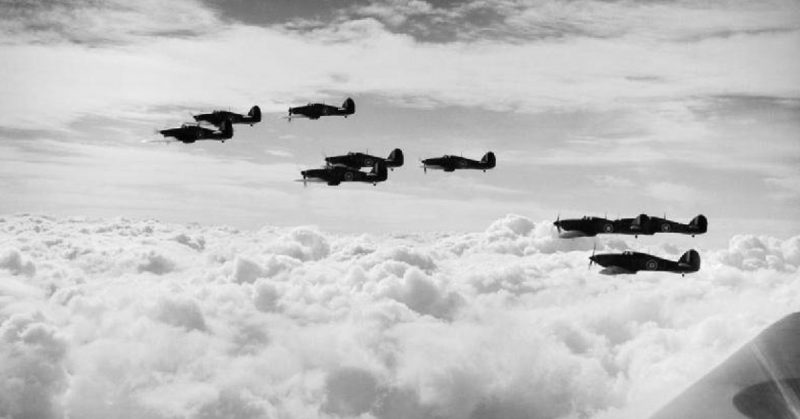The Battle of Britain was one of the most important aerial campaigns in history. It stopped Nazi Germany’s westward expansion and prevented the invasion of Britain in WWII.
Preparing for Invasion
The Battle of Britain was a precursor to Operation Sealion, Hitler’s planned invasion of the British Isles. A directive from July 16, 1940, ordered the German military to start preparing for the invasion. Hitler knew his troops would have to get past the formidable Royal Navy. That would not be possible without the domination of the air.
Overconfidence
The Germans were confident of their ability to beat the British and the Allied pilots who flew with them. Hermann Goering, the head of the Luftwaffe, believed his forces would easily smash the Royal Air Force (RAF).
He was proven wrong.
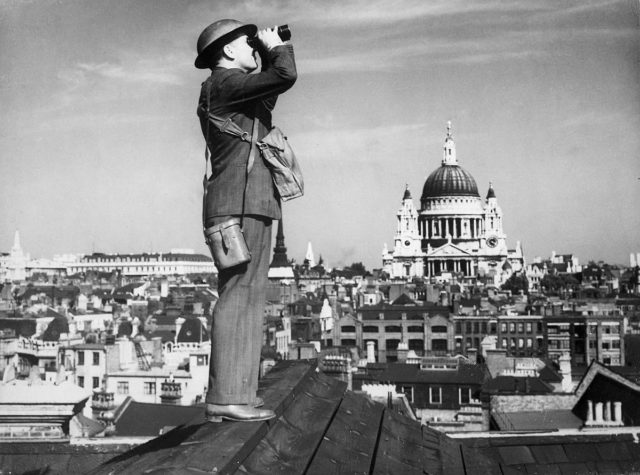
The Number of Planes
For such an epic confrontation, the Battle of Britain involved a surprisingly small number of planes.
The Germans deployed around 1,300 bombers and dive bombers to try to take out British installations. They were supported by 1,200 fighters.
The RAF had only around 600 front-line fighters, most of them Hurricanes and Spitfires.
An International Air Force
At the start of the conflict, the RAF did not have enough trained pilots. They looked elsewhere to make up numbers.
Some were drawn in from the Fleet Air Arm and from Coastal Command. Others were pilots from countries that had fallen to the Nazis. Enough escaped to Britain for four squadrons of Polish pilots and one of Czechs.
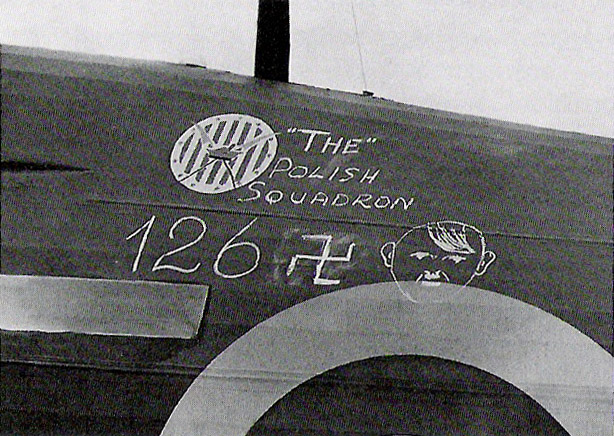
Differences in Planes
The RAF had fewer planes but they were generally better. German planes included “Goering’s Folly”, the slow and unwieldy twin-engine Messerschmitt Bf 110 “destroyer”. The Messerschmitt Bf 1o9E was better – as fast as any British plane and able to climb faster than a Spitfire. The British Spitfire, however, was the decisive weapon. The most maneuverable fighter in the air, armed with eight machine-guns, it was unrivaled in the skies.
Radar
It was the first time that radar played an important part in war. The British radar network stretched from the Shetlands to Land’s End, covering the whole coastline, and was the most advanced in the world. It allowed the RAF to see attacks approaching and get fighters into the air to face them. British planes were not caught on the ground and destroyed as Hitler had hoped. There was no need to keep men constantly in the air, exhausting the limited supply of pilots.
Control stations used information from the radar network to direct planes in the air. They could see where the Germans were going and send fighters that way, sometimes catching the Germans by surprise.
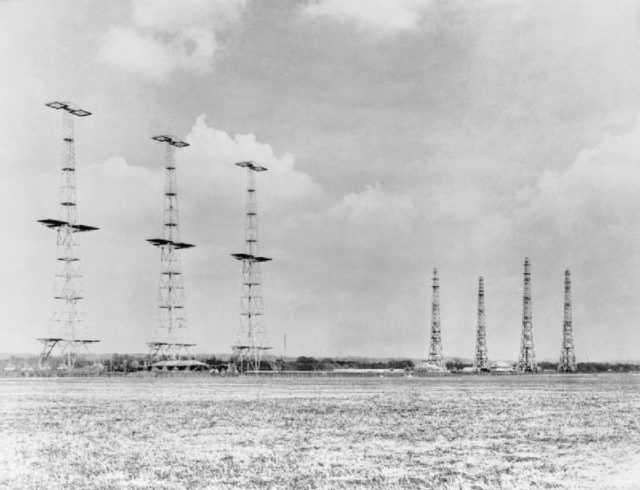
Countering Bomb Targeting
German bombers had access to more advanced targeting technology than the British. They had secretly developed a system that used a pair of radio beams to bring the bomber in on its objective.
In June, just before the Battle of Britain broke out, Dr. R. V. Jones, an Air Ministry scientist, worked out what was going on. Bringing together intelligence gathered from prisoners of war, captured material, and decrypted enemy signals, he realized the Germans had the technology. Within ten days, he not only identified the problem but developed counter-measures, blocking the radio targeting.
Shifting Targets
From July 10 until August 11, the Germans attacked ports and airfields to draw the RAF into battle. From August 12 to 23, they launched Eagle Attack, focusing on radar stations and trying to destroy fighters in combat. Then the biggest change came in September.
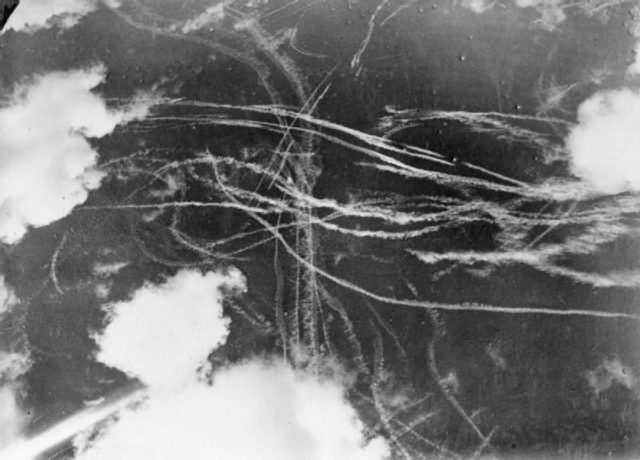
Men Flying Every Day
Even with their allies, British Fighter Command had less than a thousand pilots. By September, 15 to 20 a day were being killed or injured. Fighting over their home ground, they could retrieve downed pilots, unlike the Germans. The relentless attacks though gave the men no rest. They were flying into combat every day, several times a day. They were exhausted.
Terror-Bombing
On August 24, a German bomber accidentally hit civilian buildings in London. In response, Prime Minister Winston Churchill ordered a retaliatory strike against Berlin.
The next night, 81 bombers set out from Britain. Only 29 reached the German capital and they did not do much damage. The attack provoked Hitler, who had promised the Germans that it would never happen. Abandoning his focus on destroying the RAF, he started bombing British cities.
From September 7, hundreds of tons of bombs fell on London and other cities. It was the beginning of the Blitz.
By taking pressure off the RAF, it gave them time to recover. A week later, the tide began to turn.
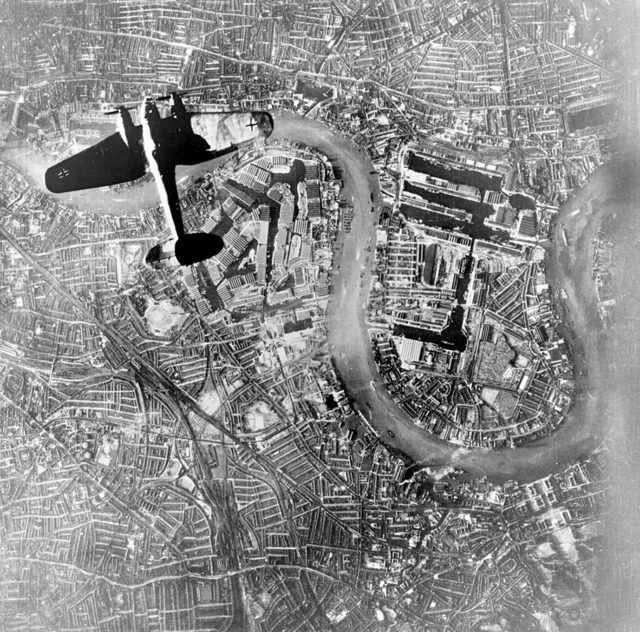
The Auxiliary Fire Service
To deal with the bomb damage to cities, the British relied on the Auxiliary Fire Service (AFS). Founded at the end of 1938, the organization was made up of civilian volunteers trained in fire-fighting and rescue work. They had little equipment and many of their fire engines were repainted taxi cabs. Several thousand of them were seriously injured in the course of the war and over 300 were killed.
The Critical Date of September 15
In early September, it looked like the Germans were about to launch their invasion. The fighting intensified and British forces went on high alert.
On September 15, the air war reached its peak. The RAF claimed 185 German planes destroyed that day. The actual number turned out to be 56, but the details did not matter. They were destroying Luftwaffe planes faster than the Germans could build them. It became clear that the Luftwaffe would never gain domination in the air. The weather turned against the invasion fleet, and Hitler turned his eyes to the east.
Sources:
Ralph Bennett (1999), Behind the Battle: Intelligence in the War with Germany 1939-1945
Gordon Brown (2008), Wartime Courage
Nigel Cawthorne (2004), Turning the Tide: Decisive Battles of the Second World War
Francis Crosby (2010), The Complete Guide to Fighters & Bombers of the World
